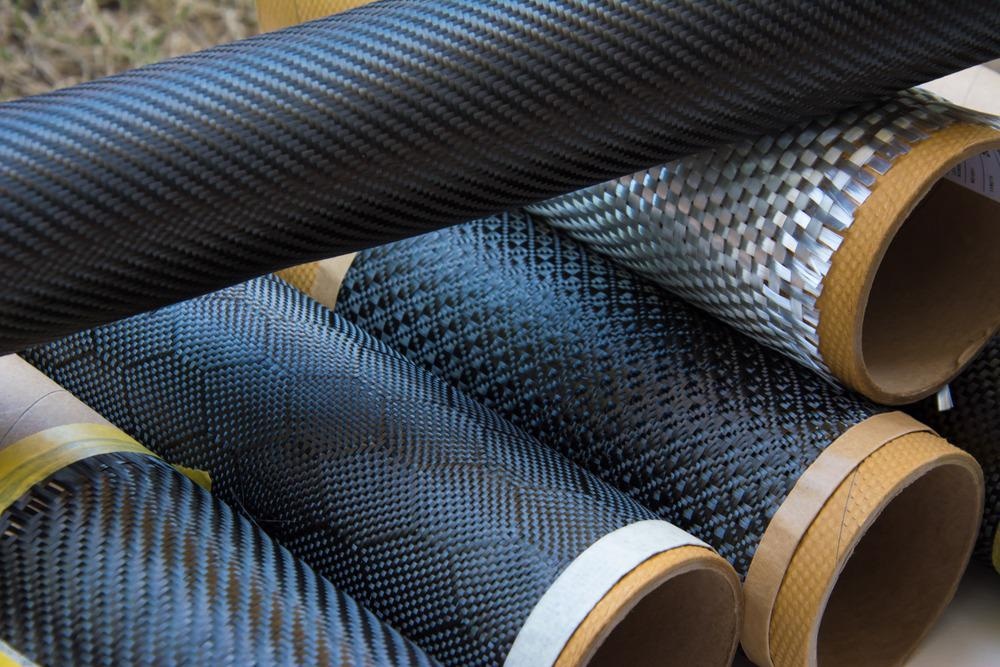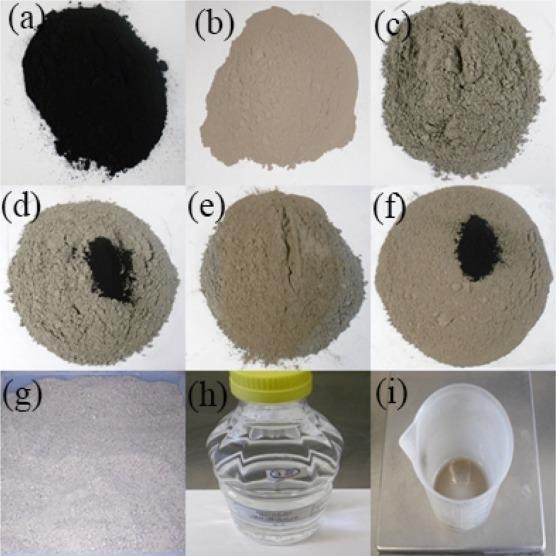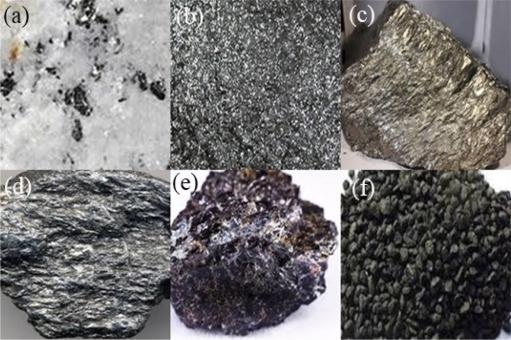Elucidating information on material properties is important to their potential commercial and industrial applications. A research paper published online in the Journal of Materials Research and Technology seeks to provide information on the properties of high-performance flaked carbon materials.

Study: Synthesis, physico-mechanical properties, material processing, and math models of novel superior materials doped flake of carbon and colloid flake of carbo. Image Credit: TLaoPhotography/Shutterstock.com
Importance of the Materials
Non-renewable resources cause many issues. Besides their greenhouse gas emissions, the energy industry has issues with fuel ash reduction, sustainable coal quality, and the supply of resources themselves. The adhesive manufacturing industry also faces similar problems including emissions, resource utilization, and increasing energy demands.
The needs of the two industries are intertwined: the energy industry needs to produce less waste, and the adhesive manufacturing industry needs more raw materials.
Research focus on carbon colloids has increased in recent years due to their properties. Along with other carbon-based materials, colloid carbon flakes have the potential to replace other, more environmentally damaging materials.
Potential Uses of the Materials
The properties of these materials make them targets for a range of industries, including the construction industry and manufacturing industries. Their chemical composition makes them attractive for supplementary cementitious materials and additive/substitution materials for the adhesive industry. The use of waste fly ash generated by the energy industry for other applications is ecologically friendly.

(a) Flake of carbon; (b) pulverized class C fuel ash; (c) ASTM type I adhesive; (d) ASTM type I adhesive doped flake of carbon; (e) the stack of 65% ASTM type I adhesive and 35% pulverized class C fuel ash (ecologic-friendly adhesive, and ecology-friendly adhesive doped flake of carbon); (f) standard fine sand for grout samples; (g) deionized water; and (h) sodium-based superplasticizer. Image Credit: Kirgiz, M.S. et al, Journal of Materials Research and Technology
Waste ash can be added to materials used for soil stabilization, building renovation, and road construction. Many studies have been carried out into using them to create geopolymer concretes, mortar, lightweight materials, and coal-like materials.
Using Colloid Carbon Flakes in Construction
Using waste ash can improve the mechanical, physical, and thermal properties of construction materials.
Previous research has not explored the use of new adhesives with ash incorporated into them in the construction industries due to not establishing proper polymer bonding. Carbon flakes and colloid carbon flakes have strong covalent C-C bonding, which means that they can create a strong, sustainable, and eco-friendly supplementary additive for adhesives and materials in the construction industry.
The field of applications for C-doped carbon and colloid carbon flakes is numerous. It includes adhesive rendering, bricklaying grout, hydraulic adhesive based injection, paving slab grout, hydraulic adhesive based bedding grout, and specialist concretes. These applications have use for retrofitting existing construction and reinforced concrete and masonry construction.
The team aimed to present the properties of the materials and compare it to other conventional and eco-friendly adhesive materials. The paper also fills the gap between technological requirements and properties demanded by numerous construction applications of adhesives.
Results of the Study
Several physical and mechanical properties of different fuel ashes were determined in the study via experimental and analytical methods. These include compacity, compressive stress, and the spread and consolidating level. Green grout and adhesive were manufactured in the study with different adhesive types.
The study compared different fuel ash types, alongside standard fine sand, deionized water, and sodium-based super plasticizer. ASTM Type I adhesive was doped with carbon flakes and colloid carbon flakes as well as a mix of both. Spectroscopy was used to provide adsorption spectra to characterize the materials.

(a) the graphite in construction metamorphic and igneous stone; (b) the flake of graphite; (c) the amorphous graphite; (d) the graphite that occurred in the hydrothermal process; (e) the graphite in melted rocks and meteoroids; and (f) the artificial graphite. Image Credit: Kirgiz, M.S. et al, Journal of Materials Research and Technology
One of the conclusions of the study was that fuel ash increases the workability and compactivity of adhesive materials whilst decreasing water demand and permeability. Additionally, compressive strength is increased after 90 days, and it was demonstrated that adding fuel ash reduced adhesive manufacturing costs by $40 per ton. However, the thickening time can be increased. Trial mixtures are vital to determine the proper proportions of carbon fuel ash additives.
Another conclusion obtained from the experimental data was that compacity increases due to the packing ability of nanoscale carbon and colloidal carbon flakes. Water adsorption was nearly 30% lower in carbon flake and colloid carbon flake supplemented adhesive. These additives combined lower levels of mineral adhesive fraction and improved compression strength.
Summing Up
The superior qualities of carbon flake and colloid carbon flake make it an attractive choice for a variety of industrial and construction applications. Due to high particle packing abilities, these materials are good thickening accelerators, increase density, and improve compressive strength. Considering the study, these materials are vital for developing the properties of the new class of ecologically friendly grout and concrete composites.
Applications that require high compressive strength, such as tall buildings and infrastructure projects, can make use of this class of materials due to their useful properties. This study has provided new insights into physical and mechanical properties that will shape the future of the use of this sustainable, waste-reducing material and its use in a multitude of industries besides the construction industry.
Further Reading
Kirgiz, M.S. et al. (2021) Synthesis, physico-mechanical properties, material processing, and math models of novel superior materials doped flake of carbon and colloid flake of carbon [online] Journal of Materials Research and Technology | sciencedirect.com. Available at:
Disclaimer: The views expressed here are those of the author expressed in their private capacity and do not necessarily represent the views of AZoM.com Limited T/A AZoNetwork the owner and operator of this website. This disclaimer forms part of the Terms and conditions of use of this website.